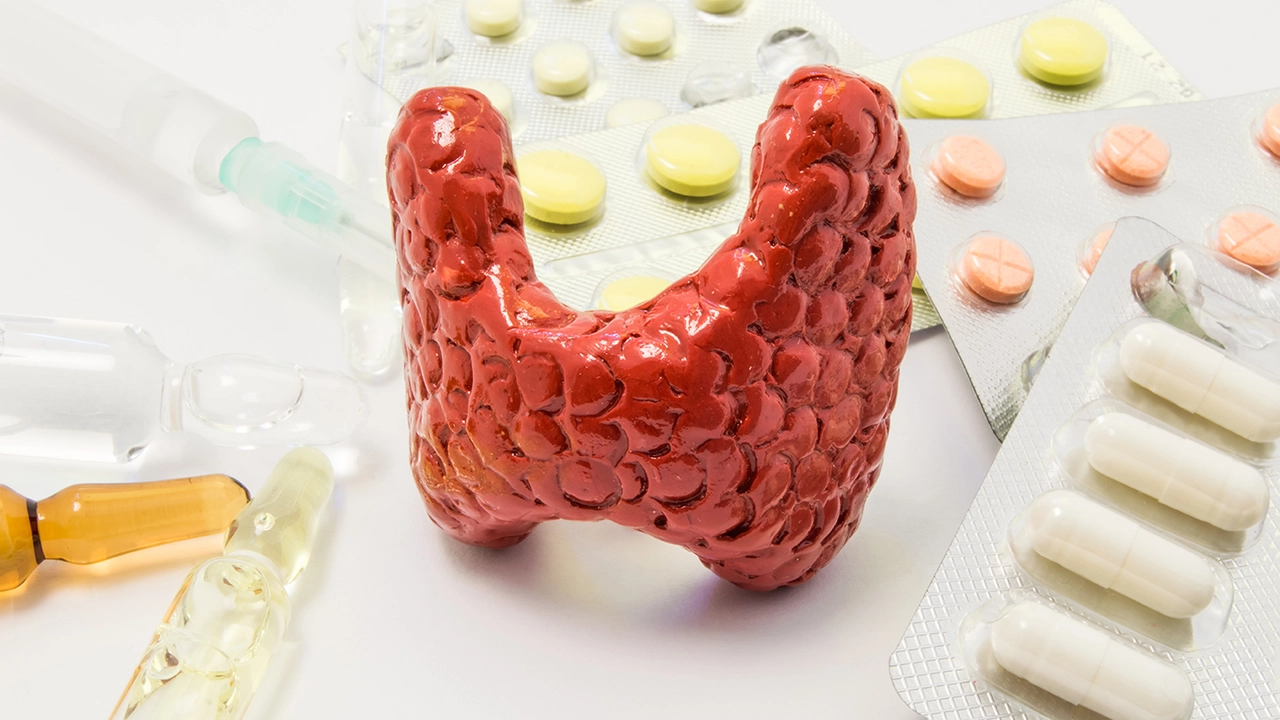Hypercholesterolemia: What It Is and How to Keep It in Check
If you’ve ever heard the term hypercholesterolemia and wondered what it means, you’re not alone. It’s just a medical way of saying you have high cholesterol in your blood. Too much cholesterol can stick to artery walls, making them narrow and increasing the risk of heart attacks and strokes.
Most people don’t feel any symptoms until something serious happens, so the condition is often called a "silent" risk factor. That’s why doctors check your lipid profile during routine blood work. The results give you a snapshot of total cholesterol, LDL (the “bad” kind), HDL (the “good” kind), and triglycerides.
Why cholesterol matters
High LDL cholesterol is the main culprit behind plaque buildup. Over time, plaque can harden and block blood flow, leading to coronary artery disease. On the flip side, HDL helps carry cholesterol away from arteries and back to the liver for disposal. Keeping LDL low and HDL high is the goal.
Factors you can’t control, like age, genetics, and family history, play a role, but lifestyle choices have a huge impact. Even small changes in diet, activity, and habits can shift your numbers noticeably.
Simple steps to lower your numbers
First, look at what you eat. Swap out saturated fats found in red meat and full‑fat dairy for healthier fats like olive oil, avocado, and nuts. Aim for at least five servings of fruits and veggies a day – they’re packed with fiber that helps pull cholesterol out of your system.
Second, move more. You don’t need to become a marathon runner; even a brisk 30‑minute walk most days can raise HDL and lower LDL. If you’re short on time, try short bursts of activity – 10 minutes of jogging, then a break, repeat a couple of times.
Third, watch the sugar and refined carbs. Foods like white bread, pastries, and sugary drinks can raise triglycerides, which also contribute to heart risk. Choose whole grains, legumes, and low‑glycemic fruits instead.
If lifestyle tweaks aren’t enough, your doctor may suggest medication. Statins are the most common and work by blocking the liver’s ability to produce cholesterol. Newer drugs like PCSK9 inhibitors are options for people who can’t reach target levels with statins alone.
Lastly, keep up with regular check‑ups. Your doctor will track your progress and adjust treatment as needed. Stay on top of your numbers, and you’ll know whether your efforts are paying off.
Below you’ll find a collection of articles tagged “Hypercholesterolemia.” Each one dives deeper into topics like statin side effects, dietary plans for lower cholesterol, and how to read your lab results. Browse them to get more detail on anything that catches your eye.

